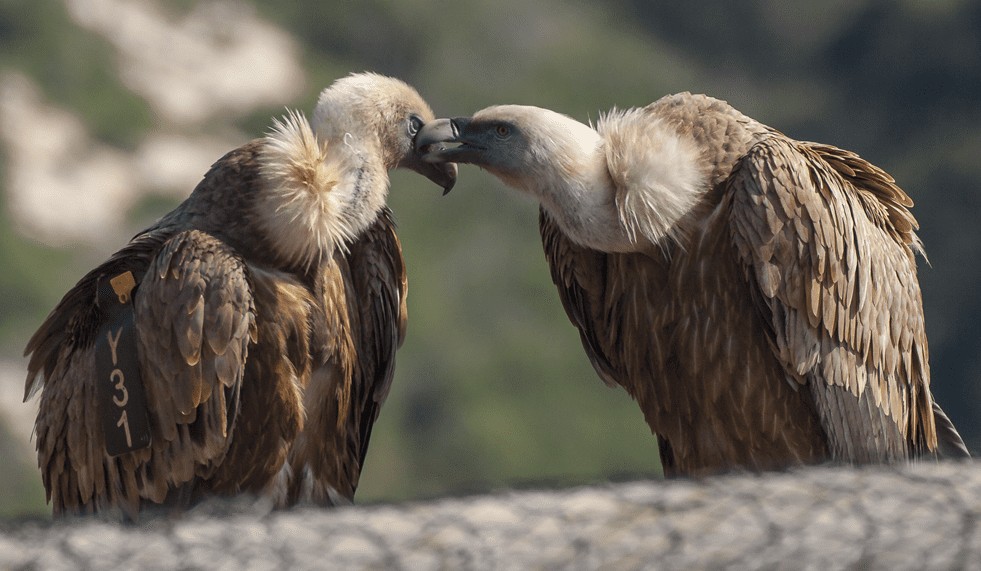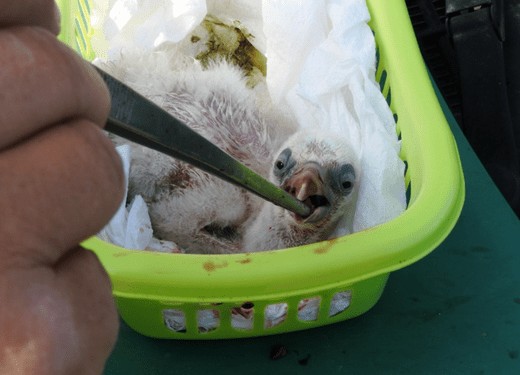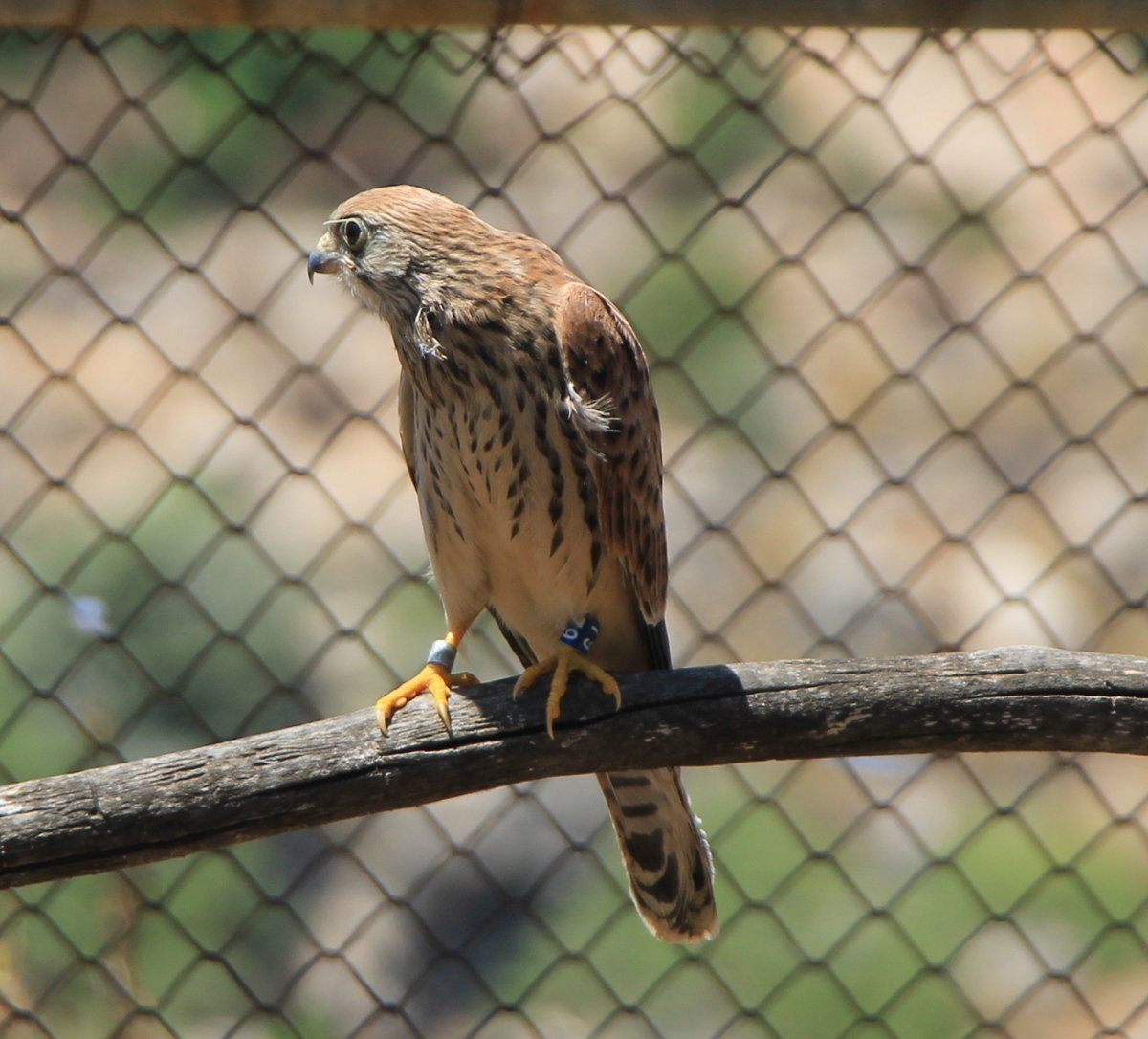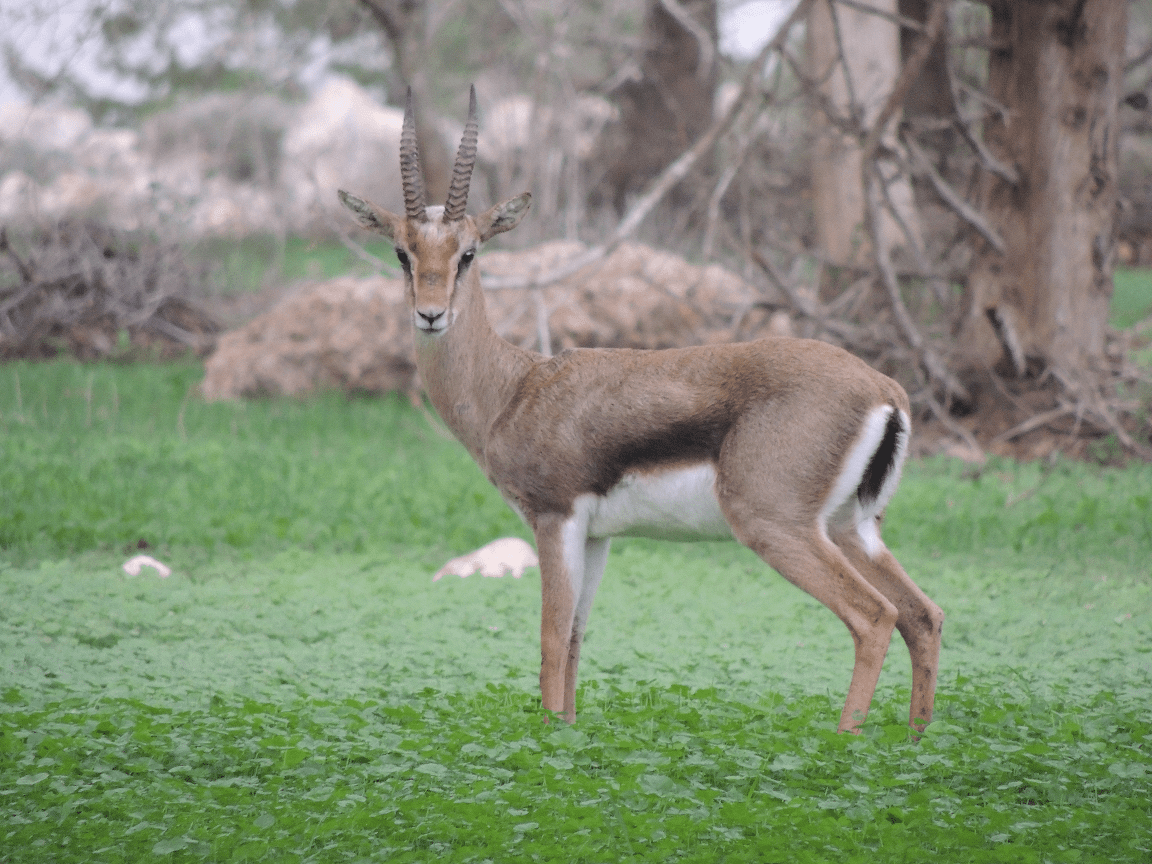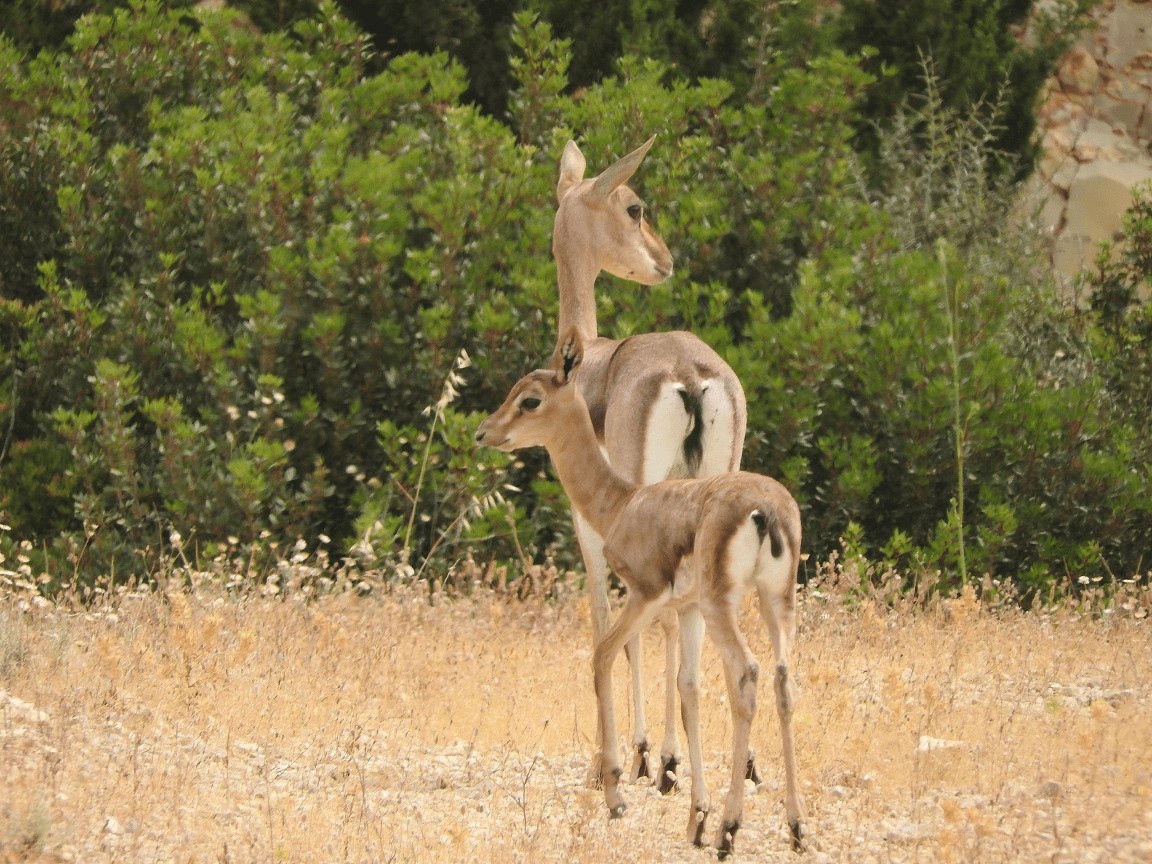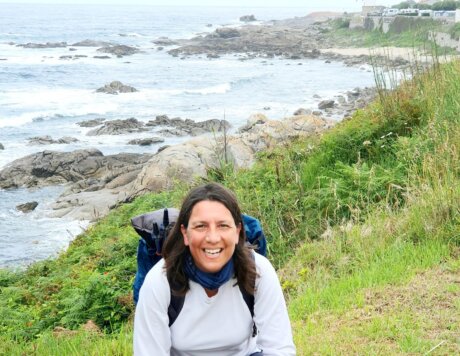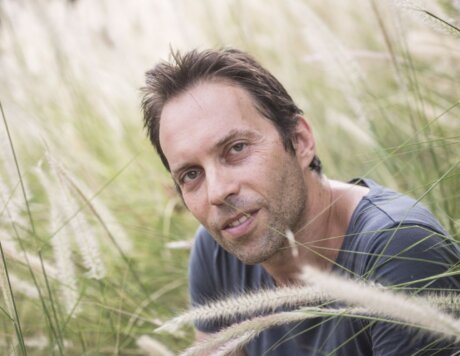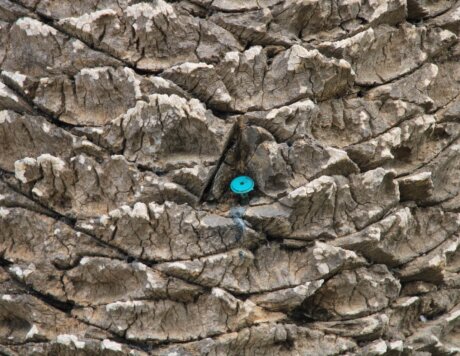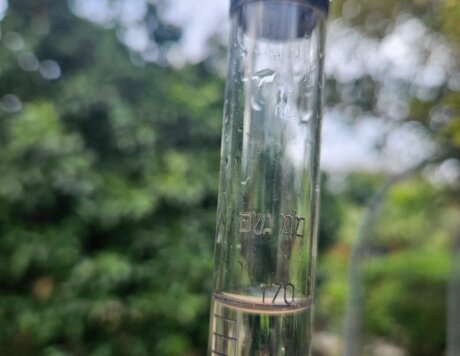When We Began Charging for Parking - or, On Vultures, Kestrels and Gazelles
Last September was the first time that visitors to Ramat Hanadiv paid for parking; this step was accompanied by countless meetings and a long, strategic process that culminated in updating and informing our future visitors, neighbouring settlements and municipalities, and of course, our partners in education and tourism.
It’s not easy to make an unpopular decision, but when the motive to charge for parking comes from a desire to expand and strengthen our work and view our visitors as partners in our mission, it becomes very complex; therefore, during our strategic meeting we decided to focus on three wildlife conservation topics in which we decided to expand our work.
After one year we have decided to share with you – our partners, those whose visits, involvement, and participation have allowed us to raise our work to a new level and reinforce the wild animal populations at Ramat Hanadiv – what we have done in recent years for our three chosen animals: vultures, kestrels, and gazelles.


